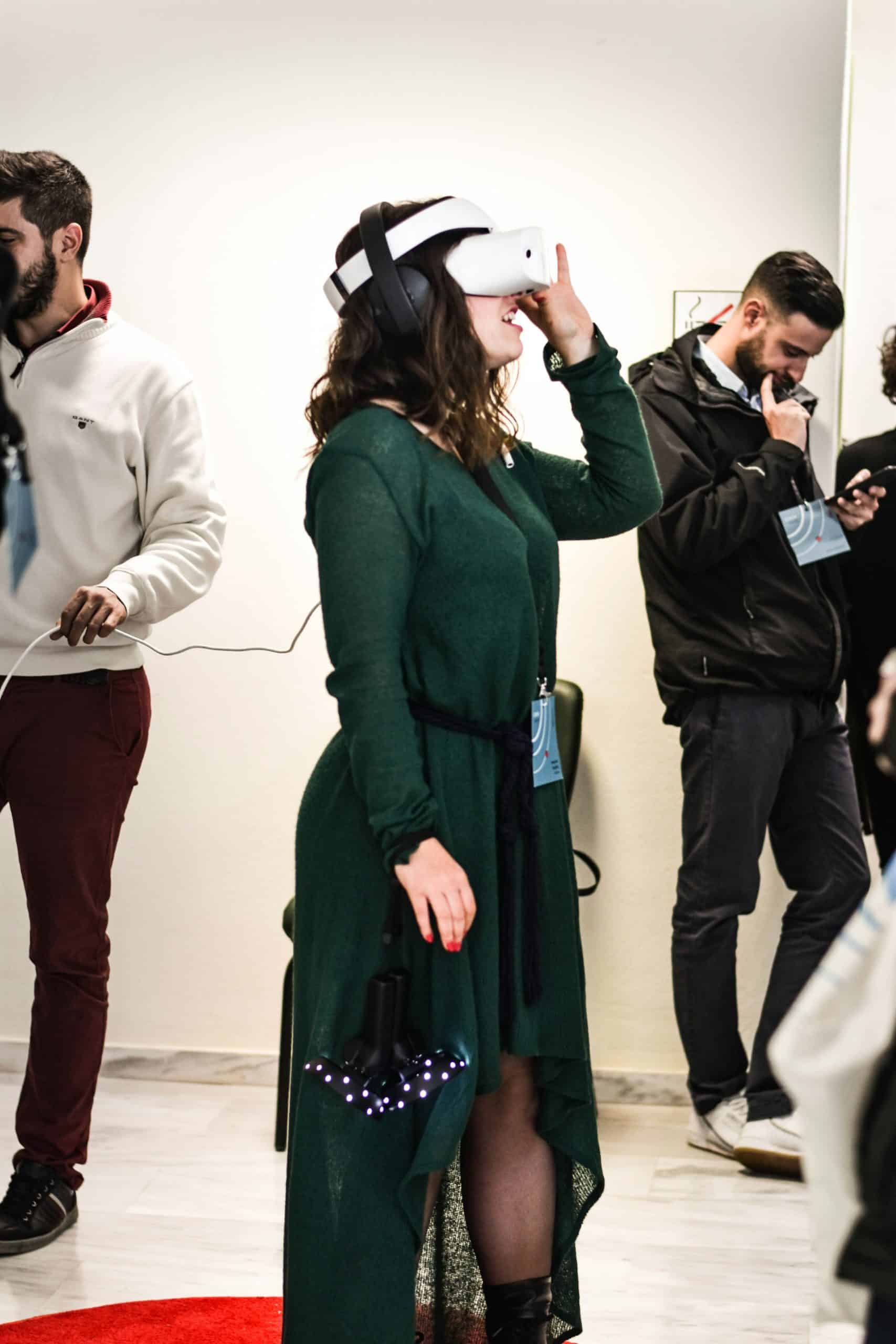Creating realistic water reflections in open-world exploration games presents a significant challenge. The goal is to immerse players in a virtual environment that feels lifelike, with every ripple and reflection mirroring the real world. This article delves into the various methods employed by developers to achieve stunning water reflections, focusing on the visual effects and physics simulations that play a crucial role in the gaming experience.
In the realm of video games, water is not just a static object. It’s an element that dynamically interacts with its surroundings and the player. Achieving realistic water reflections involves a blend of art and physics. The course of water’s movement and its reflective properties can significantly enhance the visual appeal and immersion of a game. Students and instructors in game development will learn that understanding and implementing these methods is crucial for creating compelling game worlds.
A voir aussi : How can developers use machine learning to personalize in-game advertisements?
Screen Space Reflections
Screen space reflections (SSR) are a popular technique in modern video games. This method traces rays from the screen space, reflecting objects that are already rendered.
How Screen Space Reflections Work
SSR functions by utilizing the information that is already on the screen. It traces rays from the camera, reflecting surfaces and objects that are visible in the screen space. The number of rays traced and the quality of reflections can be adjusted based on the performance needs of the game.
Avez-vous vu cela : How can blockchain technology be used to ensure the authenticity of in-game items?
Benefits and Limitations
The primary advantage of SSR is its efficiency. It avoids the need for complex calculations involving the entire game world, making it ideal for real-time applications. However, it has limitations. Objects outside the screen space do not get reflected, which can lead to inaccuracies. Moreover, SSR can struggle with complex scenes where water reflects multiple layers of visual effects.
Ray Tracing for Realistic Water Reflections
Ray tracing is a more sophisticated method that has gained popularity due to its ability to produce highly realistic reflections.
Understanding Ray Tracing
In ray tracing, rays are cast from the camera through each pixel on the screen. These rays simulate the path of light, bouncing off surfaces and capturing reflections of objects. This method provides an accurate representation of water reflections, including multiple bounces and complex visual interactions.
Implementing Ray Tracing in Games
Implementing ray tracing in open-world games requires considerable computational power. However, advancements in hardware, particularly with GPUs capable of real-time ray tracing, have made this method more accessible. Developers can leverage these capabilities to simulate realistic water reflections that enhance the virtual environment. Despite its computational demands, ray tracing delivers unparalleled visual effects and can significantly elevate the gaming experience.
Physics Simulations for Water Movement
While reflections are crucial, the movement and behavior of water add another layer of complexity. Physics simulations play a vital role in ensuring that water behaves in a lifelike manner.
Simulating Water Physics
Physics simulations involve complex algorithms that mimic the behavior of water in the real world. This includes how water flows, ripples, and interacts with objects. Students work on these simulations to create convincing water bodies in games. These simulations can be based on various methods, including particle systems and grid-based fluid simulations.
Integrating Physics with Visual Effects
To achieve realistic water reflections, it’s essential to integrate physics simulations with visual effects. This means that the reflection needs to change dynamically with the movement and behavior of the water. For instance, ripples and waves should distort reflections in real-time, creating a convincing illusion of water movement. This integration allows students to create more immersive and engaging virtual environments.
The Role of Environment Design
The design of the virtual environment significantly influences the realism of water reflections. Course students will learn how the environment interacts with water to create a cohesive and believable game world.
Creating Realistic Environments
Environment design involves crafting a world that feels consistent and immersive. This includes not only the water but also the surrounding objects and terrain. The course will teach students how to utilize texture maps, shaders, and lighting to create realistic virtual environments.
The Interaction Between Water and Surroundings
A critical aspect of environment design is how water interacts with its surroundings. For instance, water should reflect the sky, trees, and buildings accurately. The design should also account for the time of day and weather conditions. Realistic water reflections are greatly influenced by these factors, and getting them right can dramatically enhance the visual quality of the game.
Students will receive hands-on experience in studio work, where they will learn to balance art and technical aspects to create a visually stunning game world.
Creating realistic water reflections in open-world exploration games requires a multidisciplinary approach, blending art, physics simulations, and cutting-edge technology. Methods like screen space reflections and ray tracing each have their strengths and limitations. Physics simulations ensure that water behaves realistically, adding to the immersion. Ultimately, the design of the environment plays a crucial role in achieving a believable virtual environment.
For anyone involved in game development, understanding these techniques is essential. Whether you are a student, an instructor, or a professional in the United States or elsewhere, mastering these methods will allow you to create more engaging and immersive video games. The course in game development will teach you how to integrate these techniques to create a realistic gaming experience that captivates players around the world.
By employing these advanced methods, we can continue to push the boundaries of what is possible in virtual environments, creating game worlds that are as stunning and lifelike as the real world.

No Responses